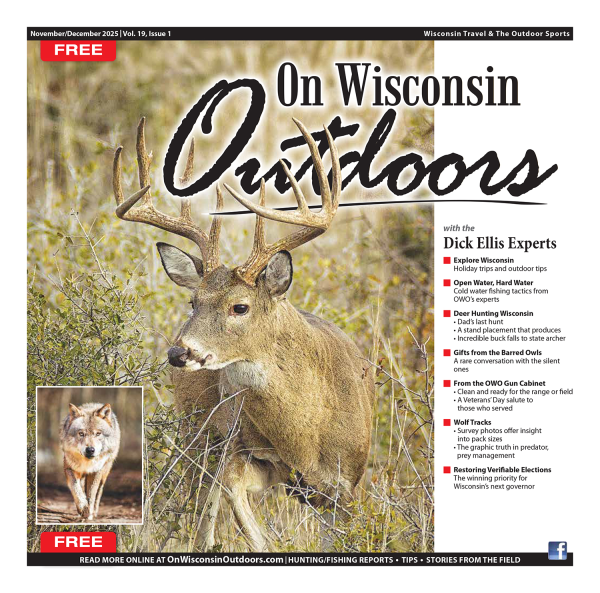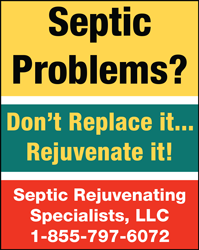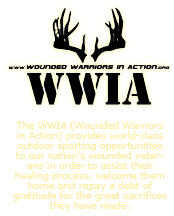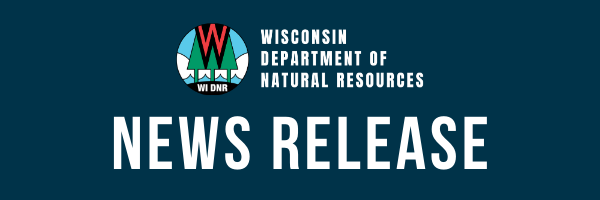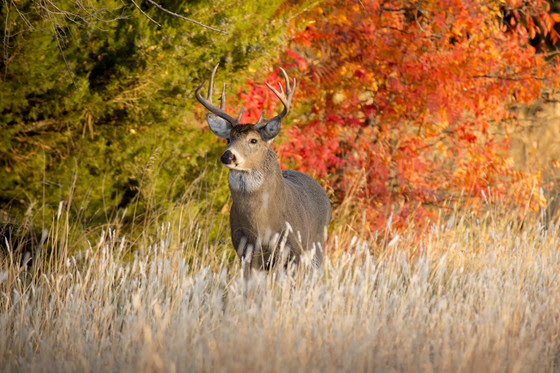What is ozone? The ozone that naturally forms in the earth's upper atmosphere and protects earth from the sun's harmful UV rays is the same chemical compound that forms at ground level. However, ground level ozone can have an adverse impact on human health.
Ground level ozone is not directly emitted but forms through photochemical reactions in the atmosphere between other pollutants like volatile organic compounds (VOCs) and oxides of nitrogen (NOx). These pollutants are known as "ozone precursors" and are mainly emitted from sources that burn fossil fuels like coal, gas or diesel.
The DNR monitors for ground level ozone at 30 stationary air quality monitors throughout the state from spring through fall. Information from these monitors is updated hourly and available for the public to view here.
Enhanced ozone monitoring in Wisconsin
The U.S. Environmental Protection Agency (U.S. EPA), through federal rules outlined in the Clean Air Act, requires Wisconsin to have an enhanced ozone monitoring plan that makes use of more advanced technology and goes beyond basic requirements for other less impacted locations.
Wisconsin's Enhanced Ozone Monitoring (EOM) plan consists of using specialized equipment designed to provide data to help DNR experts to understand the unique chemistry behind ozone development that impacts Wisconsin, with a focus on counties along the Lake Michigan shoreline. The federal requirements of EOM plans are flexible, allowing states to determine what monitoring would be most useful to inform regulatory strategies aimed at addressing ozone pollution.
EOM tools
The first tool designed for EOM in Wisconsin is the Mobile Air Monitoring Lab (MAML), which spent the 2019 ozone season at two existing DNR monitoring sites; Chiwaukee in Kenosha County and Grafton in Ozaukee County. The MAML contains high tech instruments that provide extensive monitoring capabilities to understand ozone chemistry and differs from traditional air monitoring sites in that it is highly mobile and can be moved to new locations based on evolving knowledge from the EOM long-term data analysis. The MAML is spending the 2020 ozone season along the Lake Michigan shoreline in Sheboygan.
In addition to MAML equipment deployments, the DNR is partnering with the University of Wisconsin, U.S. EPA, Lake Michigan Air Directors Consortium (LADCO) and the National Aeronautics and Space Administration (NASA) on the use of Pandoras, ground level instruments with the ability to measure nitrogen dioxide (NO2) in the vertical column.
"The DNR is fortunate to be able to collaborate with local ozone experts with a common goal of reducing ozone concentrations across the state," said Gail Good, Air Program Director.
EOM Data
Data from DNR's EOM, the 2017 Lake Michigan Ozone Study and historical records are constantly studied and analyzed in support of program policy objectives. Current Air Management work includes looking at decades of precursor trends to determine if NOx and VOC ratios have changed over time, reviewing meteorological buoy data to see how overwater data relates to monitored ozone values, and assessing EOM VOC samples for trends.
The 2020 ozone season is offering unique opportunities from a data analysis perspective. The data gathered during the 2020 ozone season will also be used to study the impact COVID-19 "Safer at Home" orders have had on air quality. DNR has partnered with Brad Pierce, Director of the Space Science and Engineering Center at the University of Wisconsin - Madison to study the impacts.
"The unique changes in nitrogen oxide emissions throughout the region associated with the Safer-at-Home mandates may have been the result of significant reductions in automobile traffic beginning in mid-March, 2020," Pierce said.
Stay informed
The DNR Air Program offers a free mobile app for the public to stay informed even while out enjoying Wisconsin. Users can download the WisconsinAQM app to receive air quality updates from anywhere using their mobile device. The app includes an interactive map of near real-time data from the state's air monitoring network, individual monitoring station reports, weather information and more. Download in the Apple App Store or the Google Play Store.
For more information, citizens can also visit DNR's Air Quality webpage.
